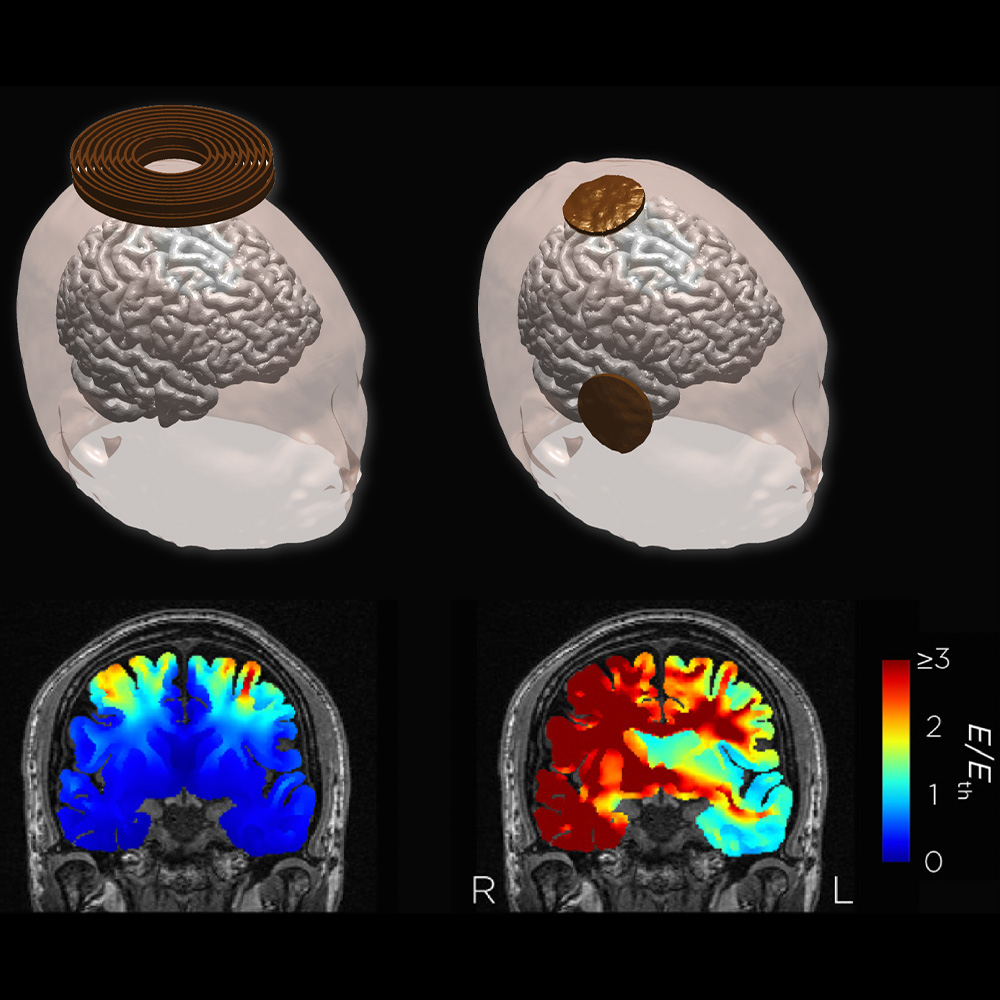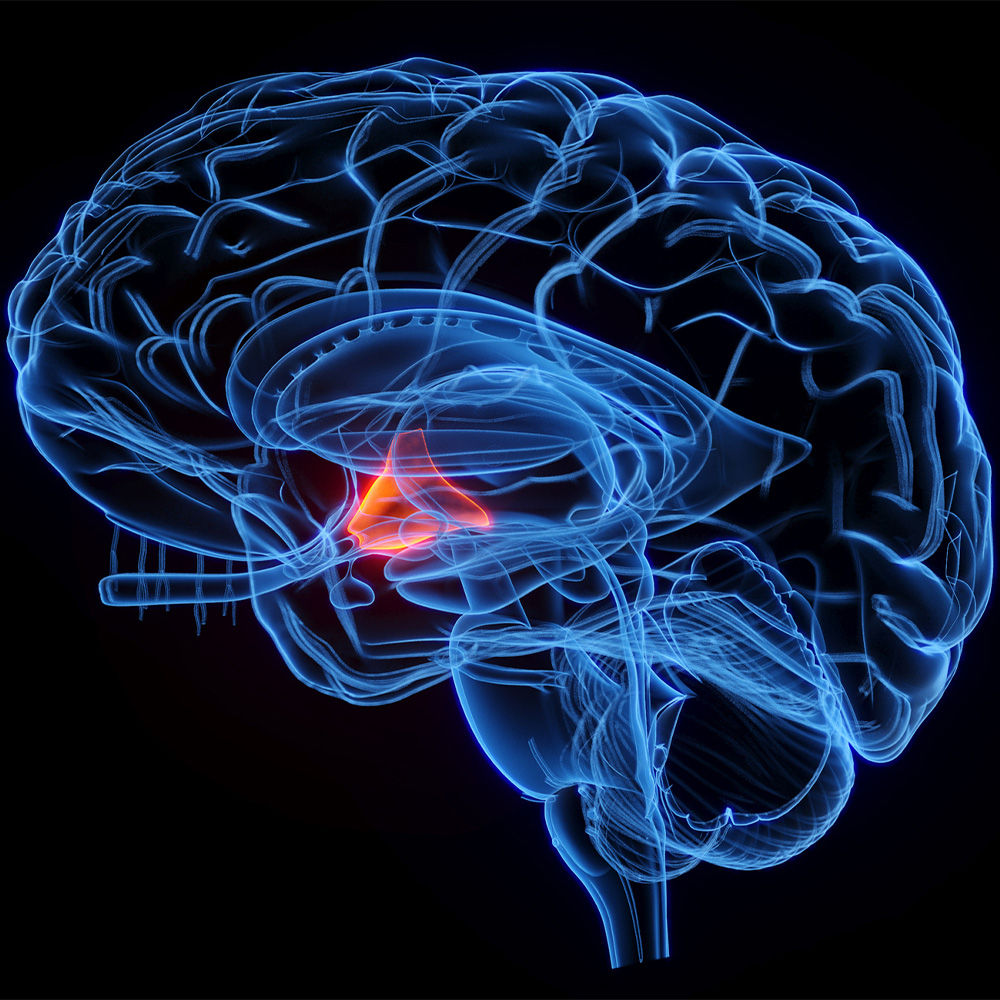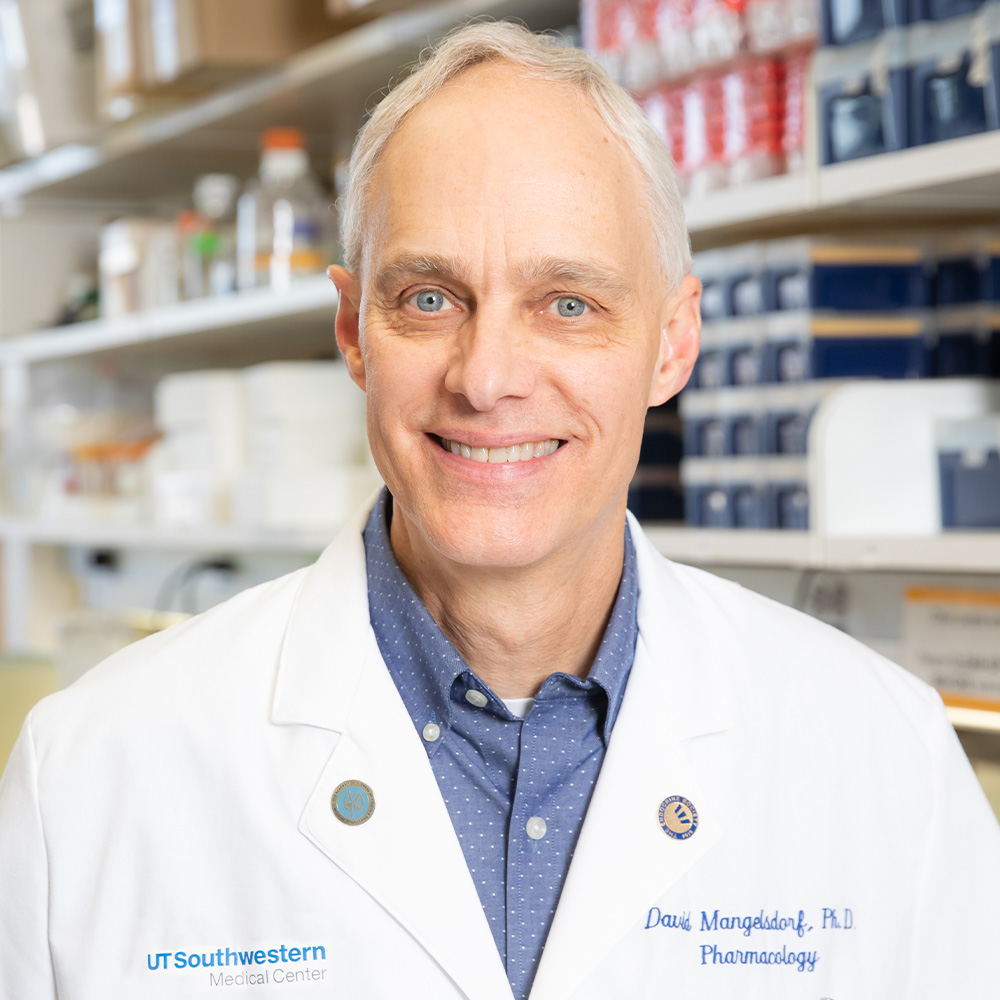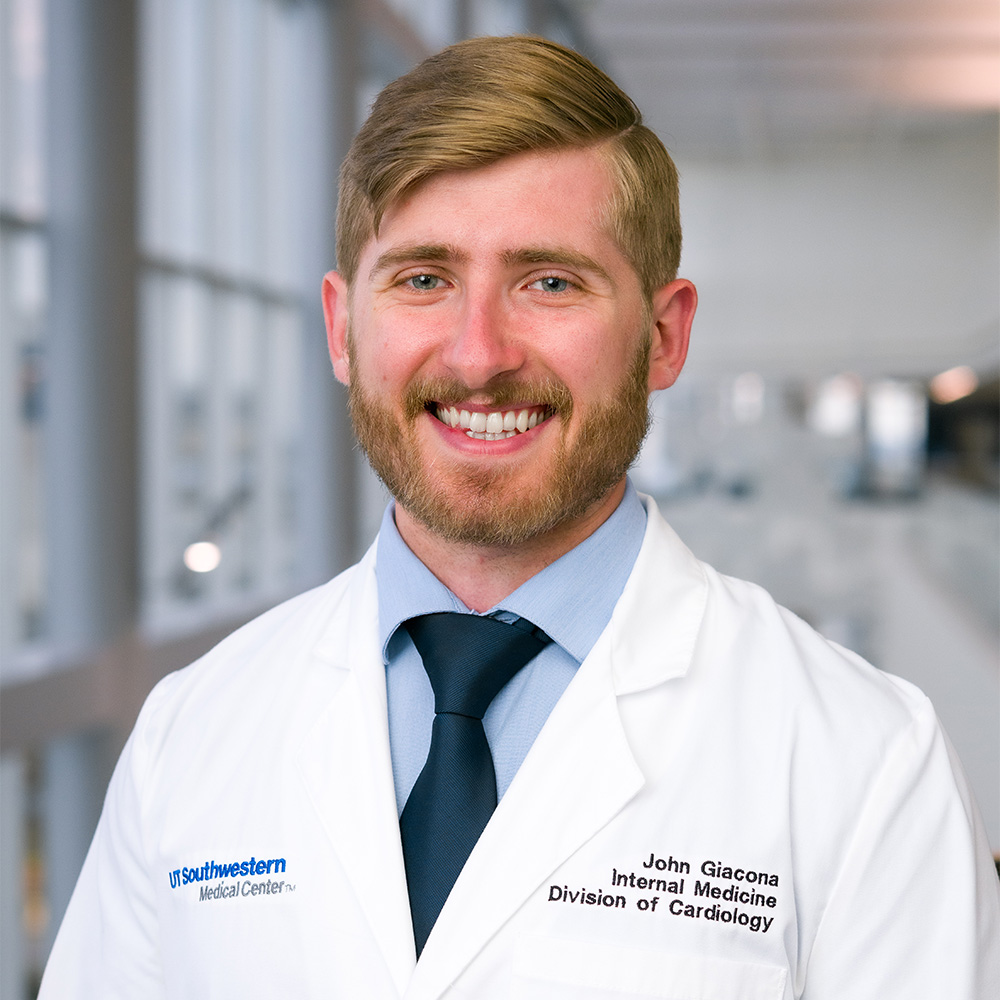New discoveries predict ability to forecast dementia from single molecule
Team joins national network focused on neurodegenerative disorders

DALLAS – Dec. 11, 2018 – Scientists who recently identified the molecular start of Alzheimer’s disease have used that finding to determine that it should be possible to forecast which type of dementia will develop over time – a form of personalized medicine for neurodegenerative diseases.
A new study from UT Southwestern shows that single toxic tau proteins that stick together and spread degeneration across the brains of dementia patients have different shapes. The folds of these molecules hold information that could help diagnose – and perhaps one day treat – neurodegeneration in its earliest stages.
The finding comes from a team of scientists appointed this month to a newly created network of international collaborators focused on improving treatment of neurodegenerative disorders. Funded by the Chan Zuckerberg Initiative, the UT Southwestern group is tasked with using its recent discoveries of the tau protein to develop clinical diagnostic tools.
“Our expanded understanding of the tau protein structure changes how we think about detecting and treating Alzheimer’s disease and related dementias,” said Dr. Marc Diamond, Director of UT Southwestern’s Center for Alzheimer’s and Neurodegenerative Diseases. “The next step is to translate this knowledge into simple clinical tests that doctors will use to diagnose and eventually stop the neurodegeneration process at its earliest stages.”
Dr. Diamond’s new study expands on research published in July from his lab that documented a structural “genesis” of Alzheimer’s disease – the basis of how a healthy tau protein changes shape and is then capable of assembling with other tau molecules to kill brain cells.
The latest study published in eLife shows that harmful single tau molecules take different shapes that each correlates to a distinct type of larger assembly that will form and self-replicate across the brain. Dr. Diamond’s lab already established in a 2016 study that the structure of larger tau assemblies determines which type of dementia will occur – which regions of the brain will be affected and how quickly the disease will spread. But it was unknown what specified these larger structures. The new research reveals how a single tau molecule that changes shape at the beginning of the disease process contains the information that determines the configuration of the larger, toxic assemblies. This finding suggests that characterization of the conformation of single tau molecules could predict what incipient disease is occurring – Alzheimer’s or other types of dementia.
Scientists made these discoveries by extracting tau protein from cultured cells and human brains, isolating them as single molecules and determining what types of pathological assemblies they would subsequently produce in cells and mice. They determined that contrary to prior ideas, a single tau molecule, rather than being without definable structure, in fact has multiple, stable structures that each determine what type of subsequent pathological assembly it will form.
Dr. Diamond’s team is trying to translate these findings into clinical tests that examine a patient’s blood or spinal fluid to detect the first biological signs of the abnormal tau, before the symptoms of memory loss and cognitive decline become apparent. His lab is also working to develop treatments to stabilize shape-shifting tau molecules, prevent them from assembling, or promote their clearance from the brain.
A diagnostic test will be especially important once effective treatments are established to treat various forms of dementia, he said.
“It’s probably too late once the effects of neurodegeneration are manifest,” said Dr. Diamond, a leading dementia expert credited with determining that tau acts like a prion – an infectious protein that can self-replicate. “We need to be able to diagnose the process early and know the specific type of neurodegeneration that is occurring, because that is the best chance we have to intervene with a personalized treatment. This is very analogous to how we currently use tumor genotyping to best diagnose and treat cancer.”

Dr. Diamond is leading a three-person team at UT Southwestern selected by the Chan Zuckerberg Initiative to join its new Neurodegeneration Challenge Network, which brings together experimental scientists from diverse research fields to understand the underlying causes of neurodegenerative disorders. The UT Southwestern group is among nine teams across the country receiving more than $1 million each to further their research.
Dr. Diamond’s team includes Dr. Lukasz Joachimiak, Assistant Professor in the Center for Alzheimer’s and Neurodegenerative Diseases and an Effie Marie Cain Scholar in Medical Research, and Dr. Charles White, Professor of Pathology and the Nancy R. McCune Distinguished Chair in Alzheimer’s Disease Research.
Dr. Diamond, who holds the Distinguished Chair in Basic Brain Injury and Repair, is founding Director of the Center for Alzheimer’s and Neurodegenerative Diseases and Professor of Neurology and Neurotherapeutics with the Peter O’Donnell Jr. Brain Institute at UT Southwestern.
The research published in eLife was supported with funding from the Rainwater Charitable Foundation and the National Institutes of Health.
About UT Southwestern Medical Center
UT Southwestern, one of the premier academic medical centers in the nation, integrates pioneering biomedical research with exceptional clinical care and education. The institution’s faculty has received six Nobel Prizes, and includes 22 members of the National Academy of Sciences, 17 members of the National Academy of Medicine, and 15 Howard Hughes Medical Institute Investigators. The faculty of more than 2,700 is responsible for groundbreaking medical advances and is committed to translating science-driven research quickly to new clinical treatments. UT Southwestern physicians provide care in about 80 specialties to more than 105,000 hospitalized patients, nearly 370,000 emergency room cases, and oversee approximately 2.4 million outpatient visits a year.




